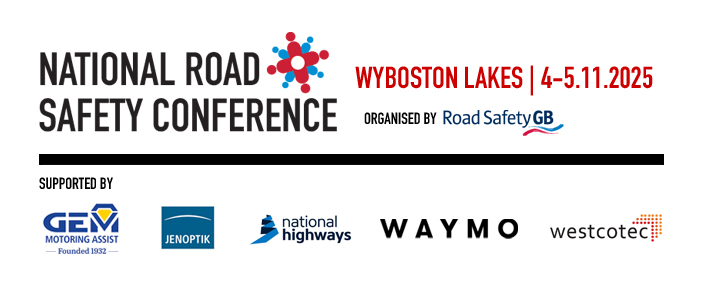Lucy Marstrand-Taussig, Healthy Streets Adviser, Project Centre
 Lucy Marstrand-Taussig is the Healthy Streets Adviser at Project Centre in London. She has about 20 years’ experience in the built environment (public and private sectors), starting in architecture and moving to transport planning and design. She is particularly interested in querying inherited highways engineering practice.
Lucy Marstrand-Taussig is the Healthy Streets Adviser at Project Centre in London. She has about 20 years’ experience in the built environment (public and private sectors), starting in architecture and moving to transport planning and design. She is particularly interested in querying inherited highways engineering practice.
She is a committee member of the national Road Danger Reduction Forum and sits on the CILT Active Travel Forum and the Department for Transport’s Cycle Proofing Working Group. Lucy is also a committee member for the ICE Walking and Cycling Community of Practice, and was part of the DfT Steering Group Panel for the re-write of LTN 2/08 the national cycling design guidance, with a focus on designing for children.
Presentation: Measuring road danger: who poses most risk?
This presentation explores road safety in terms of the risk posed by different groups in London. It investigates those involved in collisions resulting in pedestrian casualties, using STATS 19 data recorded by police. Analysis focuses primarily on those using personal, door-to-door travel modes; car drivers, motorcyclists and pedal cyclists.
Results show that, per kilometre, motorcyclists were eight times more likely than cyclists and car drivers to be involved in collisions resulting in pedestrian casualties in Greater London. In Inner London, motorcyclists were more than 14 times more likely than pedal cyclists, and 10 times more likely than car drivers, to be involved in a collision which led to a pedestrian death (per kilometre).
When vehicle types are isolated by gender, male car drivers were twice as likely as female car drivers to be involved in a collision leading to a pedestrian casualty in Greater London. Male motorcyclists were three times more likely to be involved in a collision injuring a pedestrian, than female motorcyclists (per kilometre).
The paper on which the presentation is based concludes that greater focus is needed on the origins and sources of danger, rather than on who is being injured, if we are to address the issue effectively. In-depth data collection and analysis is required to better understand road danger from this perspective. Analysis of vehicles and drivers involved per kilometre is needed at a national, regional and local level to see if these risk differentials are London-only, or replicated across the UK.
